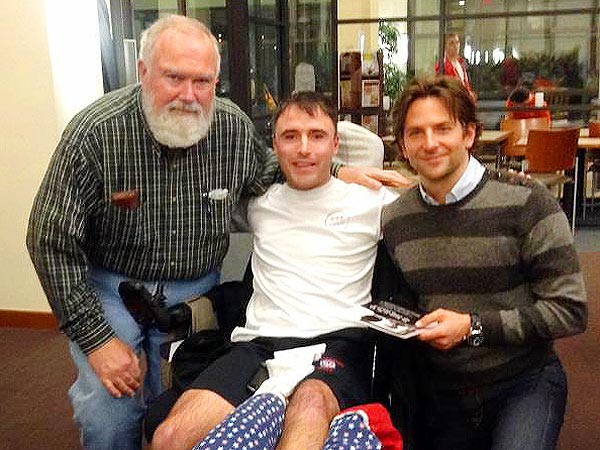TORONTO (Reuters) – Shares of BlackBerry rose more than 8 percent in on Monday after Bernstein Research said it was upgrading the stock to “outperform” after last week’s launch of the company’s new line of BlackBerry 10 smartphones.
The brokerage firm, which has not had an “outperform” rating on the stock for more than three years, also lifted its price target to $ 22 from $ 12, saying it has grown much more confident about the success of the smartphones, powered by the new BlackBerry 10 operating system.
Shares of BlackBerry, which is in the process of changing its legal name from Research In Motion, rose 8.9 percent to $ 14.18 in early Nasdaq trading. BlackBerry’s Toronto-listed shares were up 9.1 percent at C$ 14.21 at 10:30 EST.
The stock began trading under the “BBRY” symbol on Nasdaq on Monday and under the “BB” symbol on the Toronto Stock Exchange. The stock used to trade as “RIMM” on the Nasdaq and “RIM” on the TSX.
“We upgrade BlackBerry to outperform today as we believe BB 10 is set for a strong launch,” Bernstein analyst Pierre Ferragu said in a note to clients. “Even if the long-term prospects for the platform are very uncertain, we believe all is in place for BlackBerry 10 to enjoy a great debut.”
BlackBerry, a one-time pioneer in the smartphone industry, has ceded market share in recent years to the likes of Apple’s iPhone, Samsung’s Galaxy line and a slew of devices powered by Google Inc’s market-leading Android operating system.
In a make-or-break move to regain market share and return to profit, BlackBerry introduced its new line of smartphones to much fanfare on Wednesday. However, its stock fell more than 10 percent following the launch as investors were disappointed that the new smartphones will only go on sale in mid-March in the crucial U.S. market.
“The strength of this launch is overlooked by investors, creating strong opportunity to buy BlackBerry,” said Ferragu, adding that he expects strong initial corporate demand for the new devices.
“We believe BlackBerry should trade in the $ 20-$ 25 range once a decent launch for Blackberry 10 and a stabilized trajectory for fiscal year 2014 are priced in,” he said.
BlackBerry unveiled both a touch-screen device and a physical-keyboard device last week. While the traditional keyboard model only goes on sale in April, the touch-screen device is already on sale in the United Kingdom and hits store shelves in Canada this week.
Waterloo, Ontario-based BlackBerry said the U.S. launch was delayed until mid-March because U.S. wireless carriers have a longer testing phase than carriers in other countries. The devices, which are set to retail for C$ 599 ($ 600) in Canada, are currently attracting bids of more than $ 1,000 each on auction site ebay.com.
(Reporting by Euan Rocha; Editing by Lisa Von Ahn; and Peter Galloway)
Wireless News Headlines – Yahoo! News
Title Post: BlackBerry shares jump after Bernstein upgrades stock
Url Post: http://www.news.fluser.com/blackberry-shares-jump-after-bernstein-upgrades-stock/
Link To Post : BlackBerry shares jump after Bernstein upgrades stock
Rating:
100%
based on 99998 ratings.
5 user reviews.
Author:
Thanks for visiting the blog, If any criticism and suggestions please leave a comment










